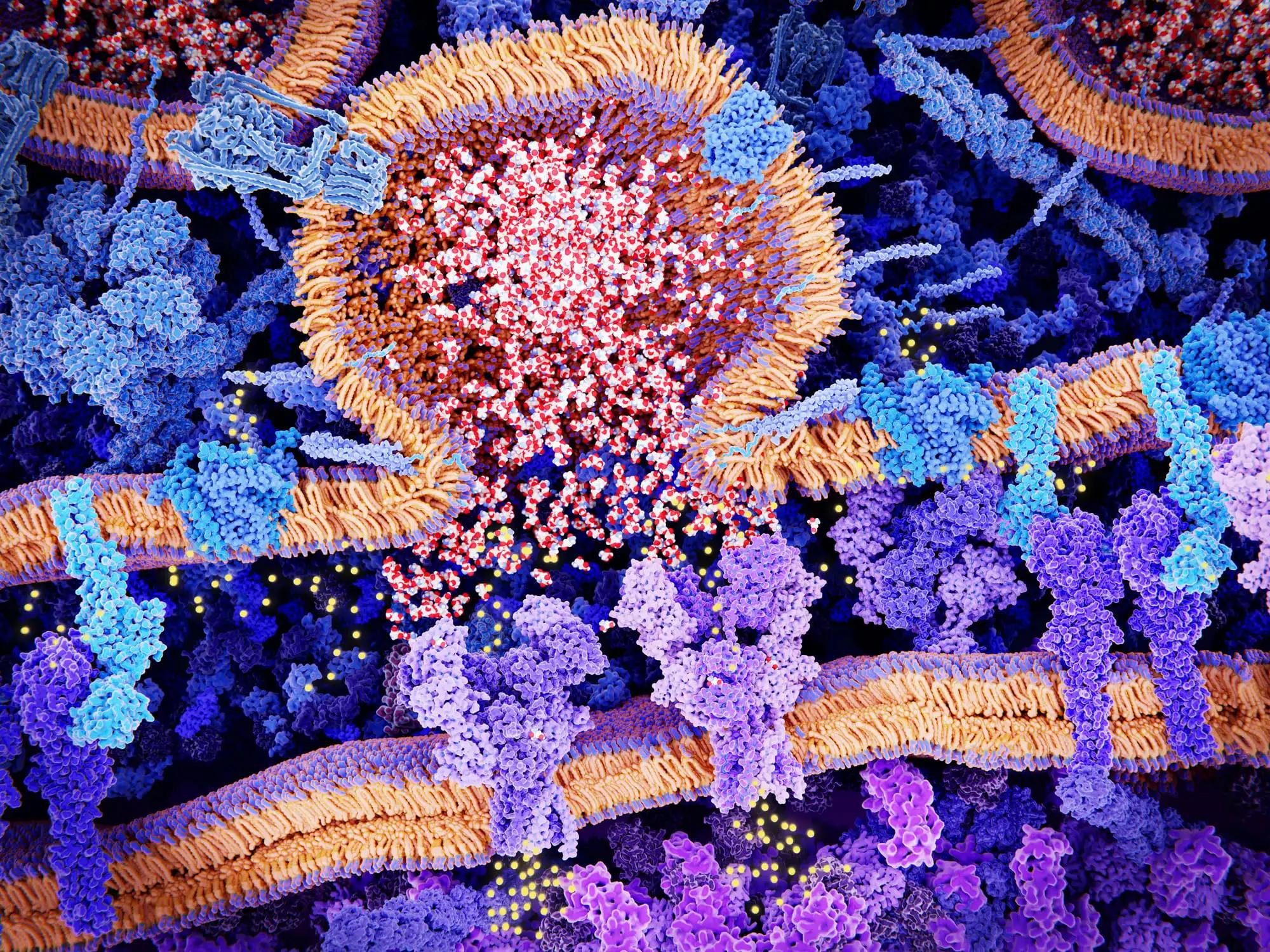KEY TAKEAWAYS
- The FLOWERS phase II trial aimed to evaluate osimertinib with or without savolitinib as first-line treatment in patients with EGFR-mutant, MET-aberrant, advanced NSCLC.
- The primary endpoint was ORR.
- Osimertinib and savolitinib may be a novel first-line treatment for patients with EGFR-mutant, MET-aberrant, advanced NSCLC.
Approximately 20-30% of patients with EGFR-mutant non-small cell lung cancer (NSCLC) exhibit primary resistance to EGFR tyrosine kinase inhibitors (TKIs). Patients with co-existing MET amplification and/or overexpression have shown shorter progression-free survival on EGFR-TKI monotherapy. Osimertinib, in combination with savolitinib, a selective MET inhibitor, may improve outcomes for these patients.
The CTONG2008 (FLOWERS) study, conducted by J. Yang, investigated the efficacy and safety of first-line osimertinib with or without savolitinib in patients with de novo MET amplification and/or overexpression and EGFR-mutant, locally advanced or metastatic NSCLC.
This prospective, two-arm, randomized, multicentre study enrolled treatment-naive patients with stage IIIB-IV NSCLC with de novo MET alteration (MET amplification and/or MET overexpression) and EGFR mutation. Patients were randomized 1:1 to receive oral osimertinib monotherapy (80 mg once daily) or osimertinib (80 mg once daily) plus savolitinib (300 mg twice daily).
The primary endpoint was the objective response rate (ORR) as assessed by the investigator. Secondary endpoints included disease control rate (DCR), duration of response (DoR), progression-free survival (PFS), overall survival (OS), safety, and tolerability.
About 44 patients were enrolled and randomised to receive either osimertinib monotherapy (n=23) or osimertinib plus savolitinib (n=21). The confirmed ORR was 60.9% (95% CI, 38.5-80.3%) in the osimertinib monotherapy group and 90.5% (95% CI, 69.6-98.8%) in the osimertinib plus savolitinib group. The DCR was 87% (95% CI, 66.4-97.2%) and 95.2% (95% CI, 76.2-99.9%), respectively. Median DoR was 8.4 months and 18.6 months, respectively (not yet mature). Median PFS was 9.3 months (95% CI, 7.4-NE) and 19.6 months (95% CI, 10.2-NE), respectively (maturity of 34.8% and 23.8%, respectively).
Treatment-related adverse events (TRAEs) were reported in 100% of patients, with grade ≥3 events in 17.4% and 57.1% of patients in the osimertinib and osimertinib plus savolitinib groups, respectively. The most common TRAEs were diarrhoea (56.5%), rash (52.2%), and pruritus (43.5%) in those receiving osimertinib only. In the osimertinib plus savolitinib group, the most common TRAEs were rash (52.4%), thrombocytopenia (52.4%), and peripheral oedema (42.9%). Most TRAEs were grade 1 or 2. There were no new safety signals or treatment-related deaths.
The combination of osimertinib and savolitinib demonstrated clinically meaningful improvements in ORR and a manageable safety profile. This combination has the potential to be a novel first-line treatment option for patients with EGFR-mutant, MET-aberrant, advanced NSCLC.
The trial was sponsored by Guangdong Association of Clinical Trials.
Source: https://cattendee.abstractsonline.com/meeting/20598/presentation/3202
Clinical Trial: https://clinicaltrials.gov/study/NCT05163249
Yang J, Li A, Feng WN, et al. Osimertinib with or without savolitinib as 1L in de novo MET aberrant, EGFRm advanced NSCLC (CTONG 2008): a phase II trial. Presented at: World Conference on Lung Cancer (WCLC); September 8, 2024; Singapore.



